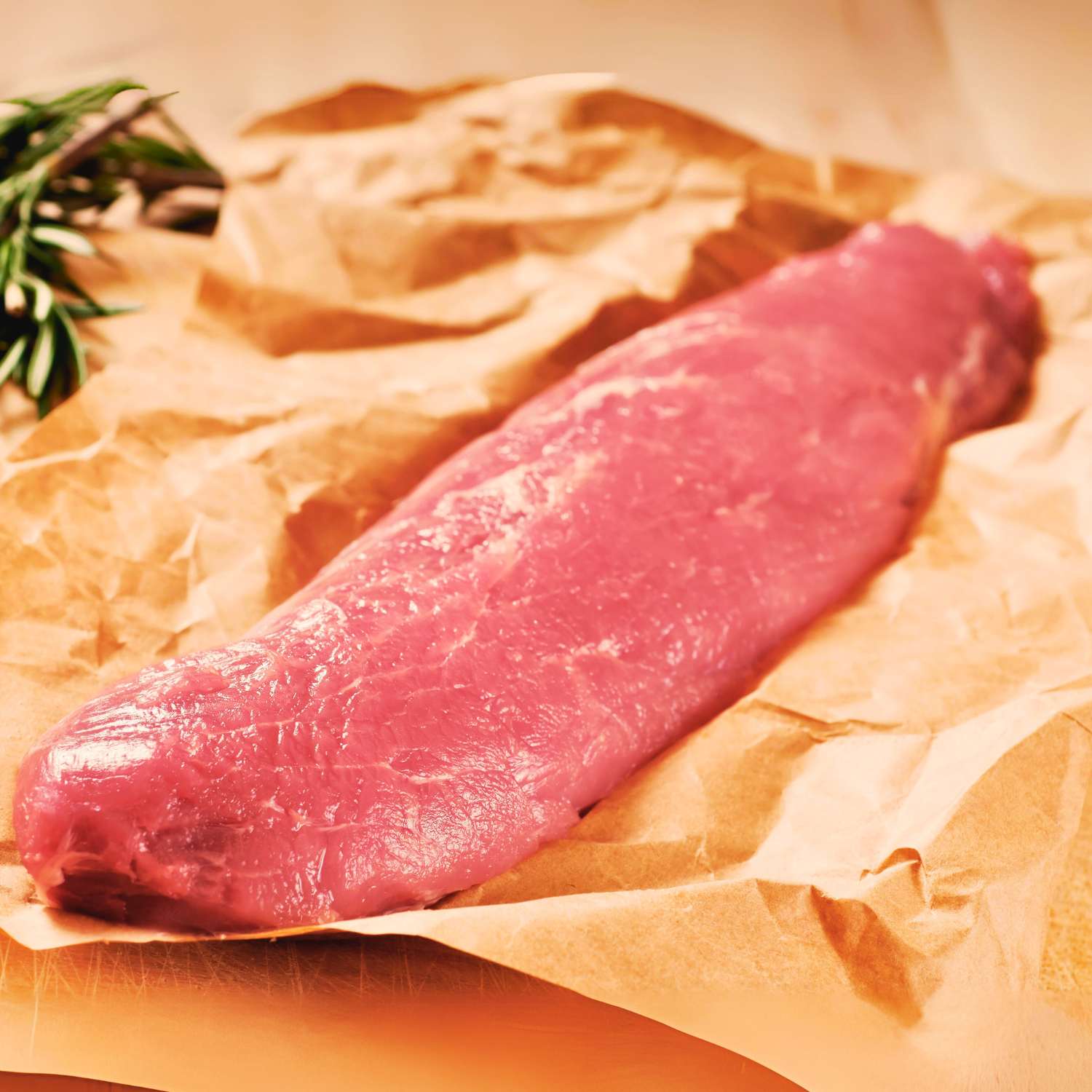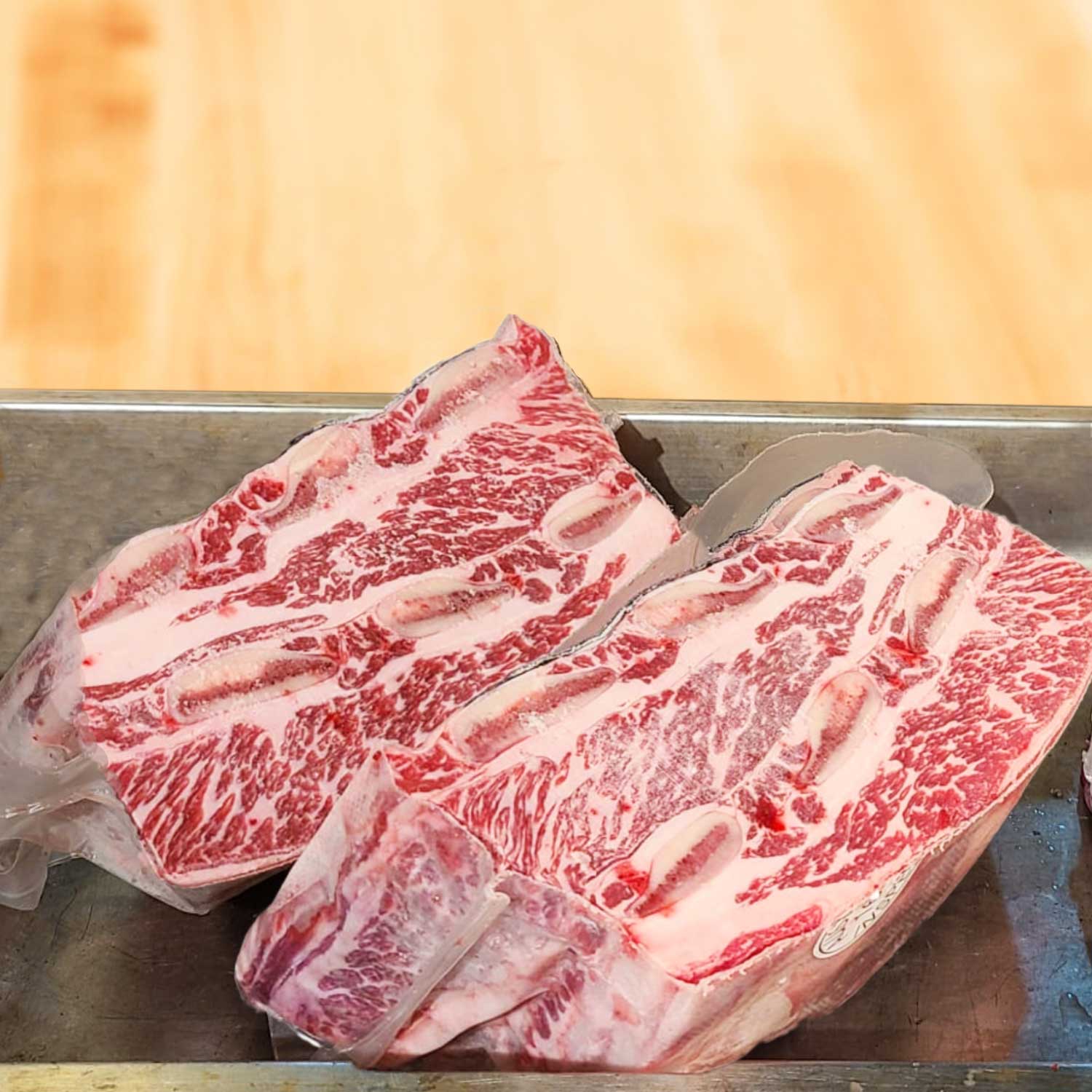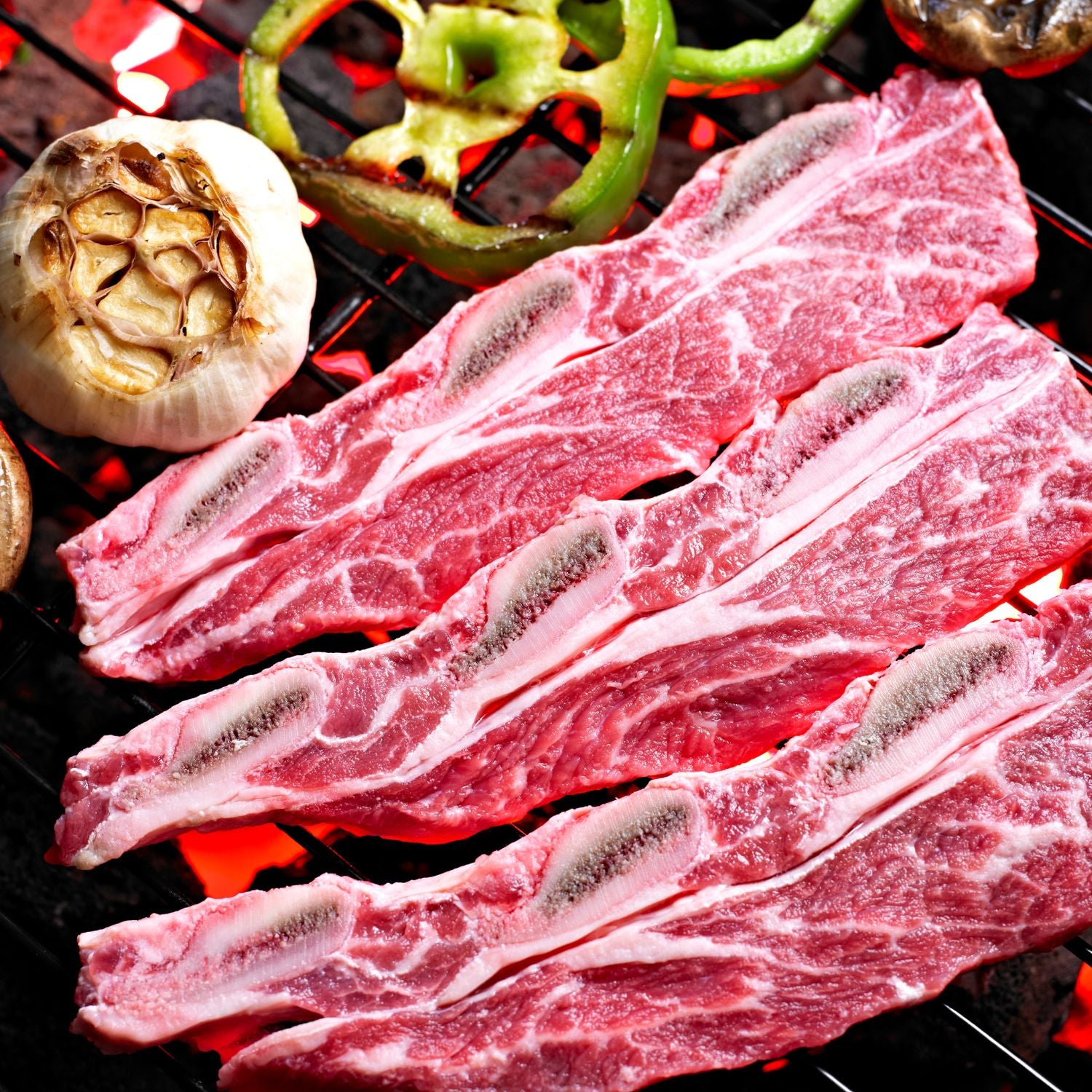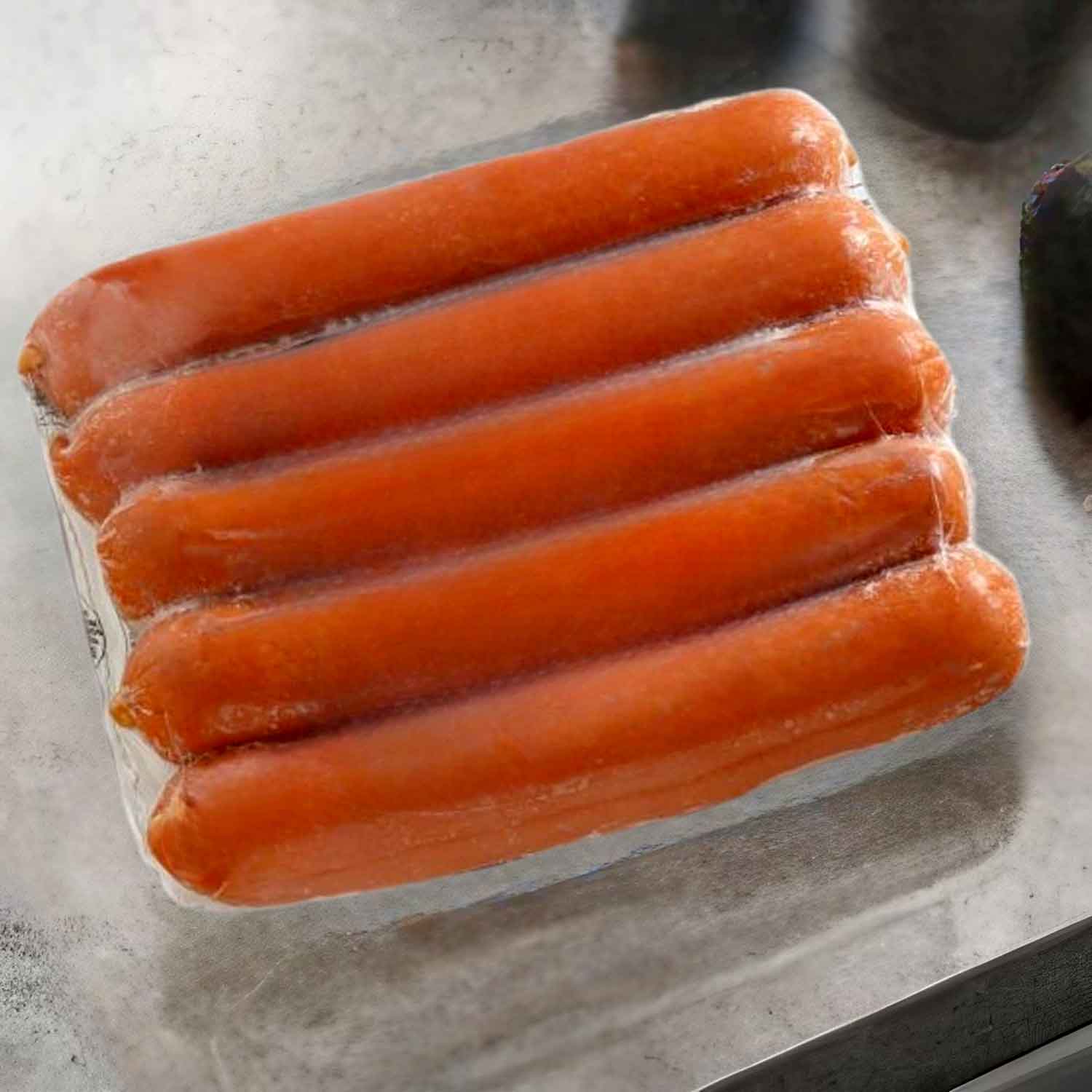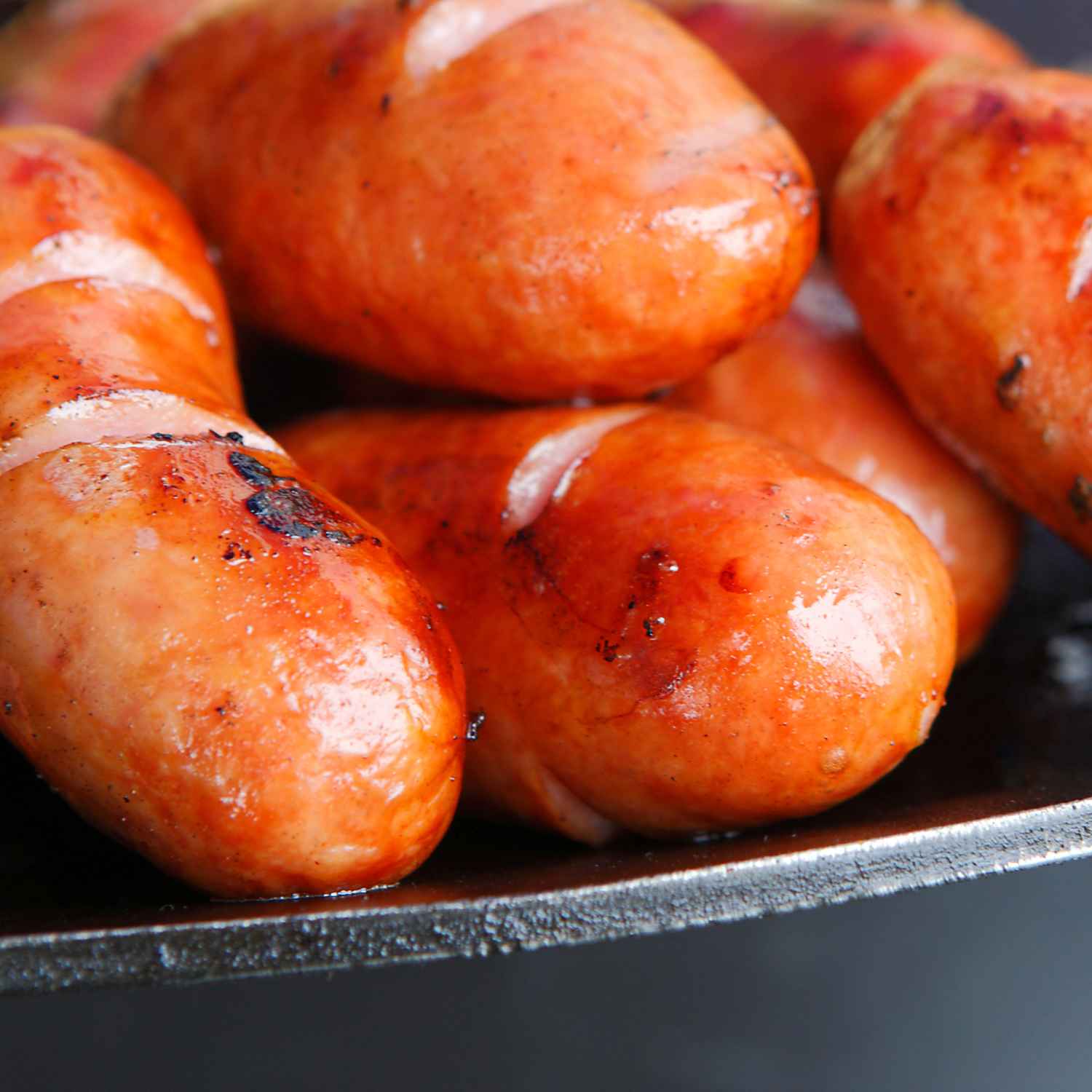Understanding Grass-Fed Beef: Why Quality Matters
The Benefits of Grass-Fed Beef
Grass-fed beef is known for its high quality. The cattle feed on natural grass, not grains. This diet makes the beef richer in nutrients. It has more omega-3s and vitamins A and E. The meat is also leaner. It has less fat than grain-fed beef. Great taste is another plus. The beef has a distinct, earthy flavor. Also, grass-fed beef is better for the environment. The farming is often more sustainable. Choosing grass-fed supports local farms too. This beef is good for your health and the planet.

What to Look for in Grass-Fed Beef Quality
When hunting for top-notch grass-fed beef, quality is key. Seek these qualities:
- Source Transparency: Choose beef from clear, traceable sources.
- Certification Labels: Check for organic or grass-fed certifications.
- Color and Texture: Look for a vibrant, red hue and firm texture.
- Fat Marbling: Good grass-fed beef showcases thin, even marbling.
- Freshness: Fresh beef has a clean smell and isn't slimy.
- Local Reputation: Select suppliers with strong local reviews in Hong Kong.
- Ethical Practices: Support farms with humane treatment of animals.
By focusing on these factors, you'll find quality beef for your meals.
Top Grass-Fed Beef Suppliers in Hong Kong
High-End Butchers and Their Specialities
In Hong Kong, high-end butchers are renowned for their top-notch grass-fed beef. These elite shops often boast specialties that set them apart from regular markets. Here's what to expect:
- Exclusive Selections: Premium butchers may offer rare cuts of beef not found elsewhere, such as the prized rib-eye cap or hanger steak.
- Traceability: They typically provide detailed information about the farm, feeding practices, and the beef's origin.
- Expert Advice: Butchers can give tailored cooking tips for each cut, ensuring you get the most out of your purchase.
- Dry Aging: Some shops specialize in dry-aged beef, which intensifies the flavor and tenderness of the meat.
- Organic Certification: Look for certifications that guarantee the beef has met stringent organic standards.
- Marbling Excellence: High-end suppliers often feature beef with superior marbling, critical for flavor and juiciness.
- Custom Orders: Many butchers can accommodate specific requests, such as custom cuts or bulk orders for special events.
By choosing a reputable high-end butcher in Hong Kong, you're not only buying quality meat but also a wealth of knowledge and exclusive services that enhance your culinary experience.
Local Farms and Sustainable Beef Producers
Hong Kong champions sustainability with its local farms prioritizing grass-fed beef. These producers often embrace eco-friendly practices and ethical farming. Finding these jewels requires a bit of research, but it's worth the effort for those who care about food origins. Their beef is not just nutritious but comes with a story of environmental stewardship. Check out weekend farmers' markets or subscribe to community-supported agriculture (CSA) boxes for a regular supply. These local gems include Lotus Hill Farm and Homegrown Foods, renowned for their commitment to quality and sustainability. Support local and relish in the outstanding flavor of their grass-fed beef.
Supermarkets and Delis: A Guide to Shopping
In Hong Kong, you'll find grass-fed beef in many supermarkets and delis. Here's a quick shopping guide. Look for certifications like '100% grass-fed' on the packaging. Check for freshness dates and origin labels to ensure quality. Compare prices, as grass-fed beef may cost more. Ask deli staff for their recommended cuts for your needs. Some shops may offer samples for taste testing. Finally, always store beef properly after purchase to maintain its quality.
Cooking Techniques for Grass-Fed Beef
The Art of Perfect Roasting: Tips and Tricks
Perfectly roasting grass-fed beef is an art that enhances its flavor and tenderness. Begin by selecting a choice cut for even cooking. Preheat your oven to the right temperature; usually, 120-160°C works well for roasting. A critical tip is to let the beef reach room temperature before roasting to ensure even cooking. Seasoning is simple—sea salt, black pepper, and fresh herbs complement the beef's natural taste. Searing the beef on high heat before roasting it helps to lock in juices. Use a meat thermometer to monitor its internal temperature for desired doneness. Remember to rest the beef after roasting, as it allows the juices to redistribute. These tips help to elevate the culinary experience of grass-fed roast beef.
Innovative Ways to Cook Grass-Fed Beef
Grass-fed beef calls for innovative cooking to highlight its rich flavors. Sous vide is a method that ensures even cooking, enhancing the beef's natural taste. Cast iron searing yields a perfect crust, while retaining the juices. Smoking adds a unique dimension of smokiness, ideal for a barbeque twist. Slow cooking in a crockpot can tenderize tougher cuts, and stir-frying in a wok is both quick and imbues the meat with high-heat char. Each technique unfolds different attributes of grass-fed beef, making your culinary experience diverse and delightful.
Seasonal Recipes and Hong Kong's Flavorsome Impact
In Hong Kong, seasonal recipes give grass-fed beef a unique twist. Drawing from local cuisine, we'll explore how to blend traditional Chinese flavors with this quality meat. Think of incorporating star anise, five-spice powder, or fermented black beans to create a distinctively Hong Kong taste. We'll delve into recipes suited for the cooler winter months, like slow-cooked beef stews, as well as lighter summer dishes, such as beef salads with sesame dressing. Local chefs also recommend pairing beef with seasonal vegetables for a fresh, balanced meal. These recipes not only satisfy the palate but also highlight the benefits of grass-fed beef, making each dish healthily indulgent.












